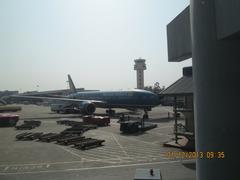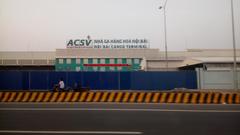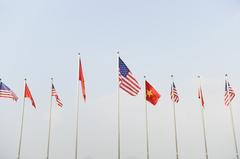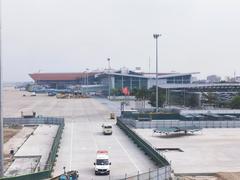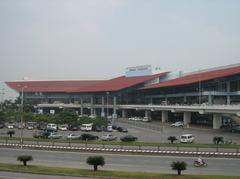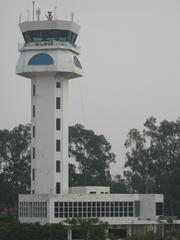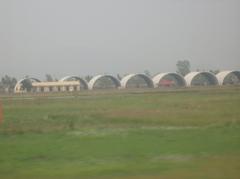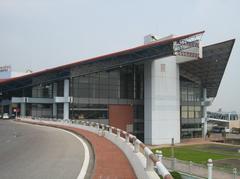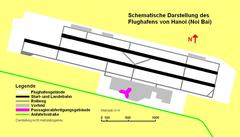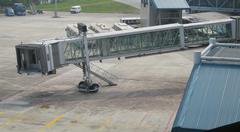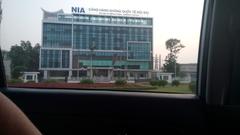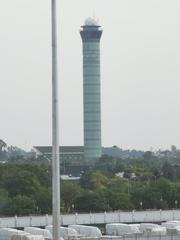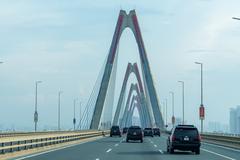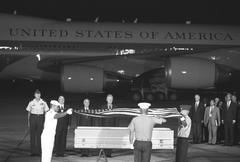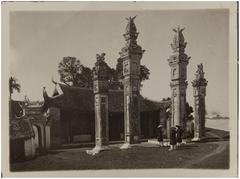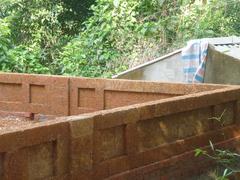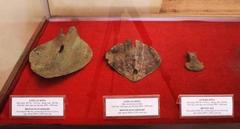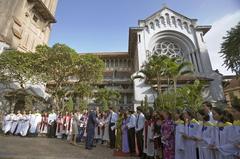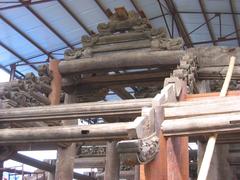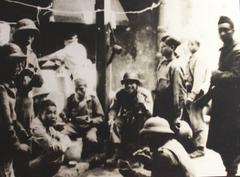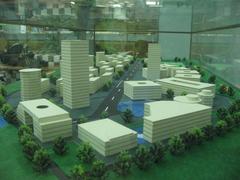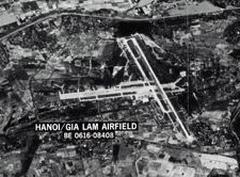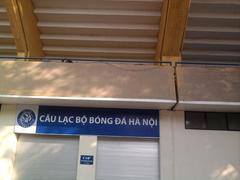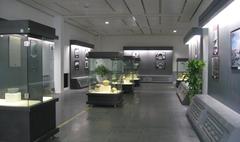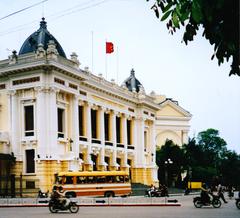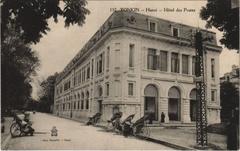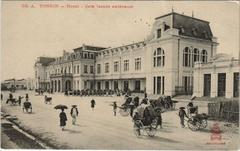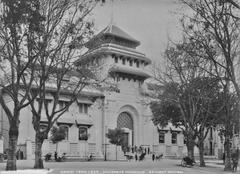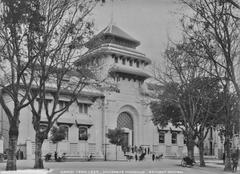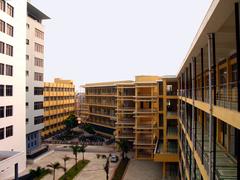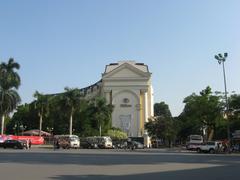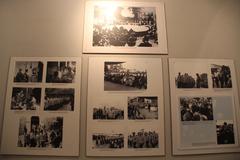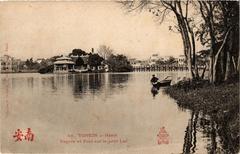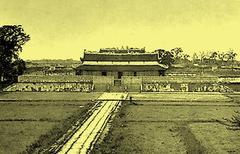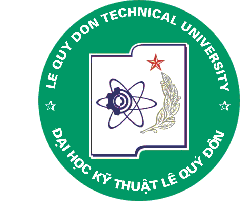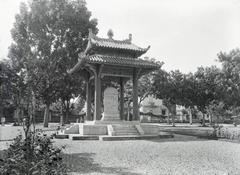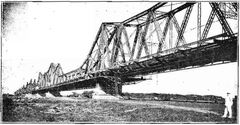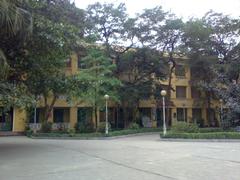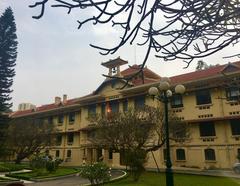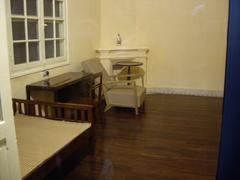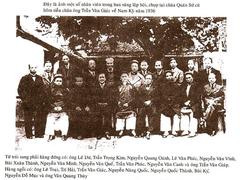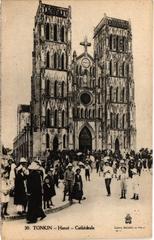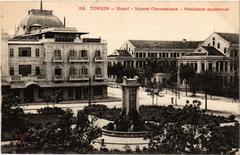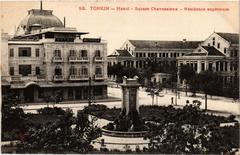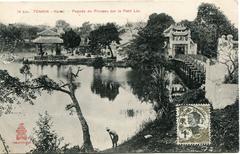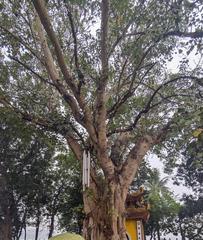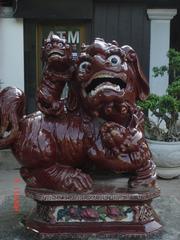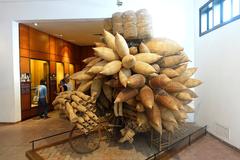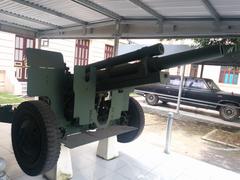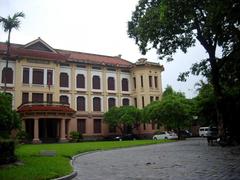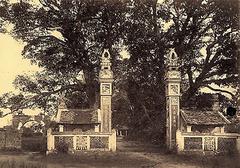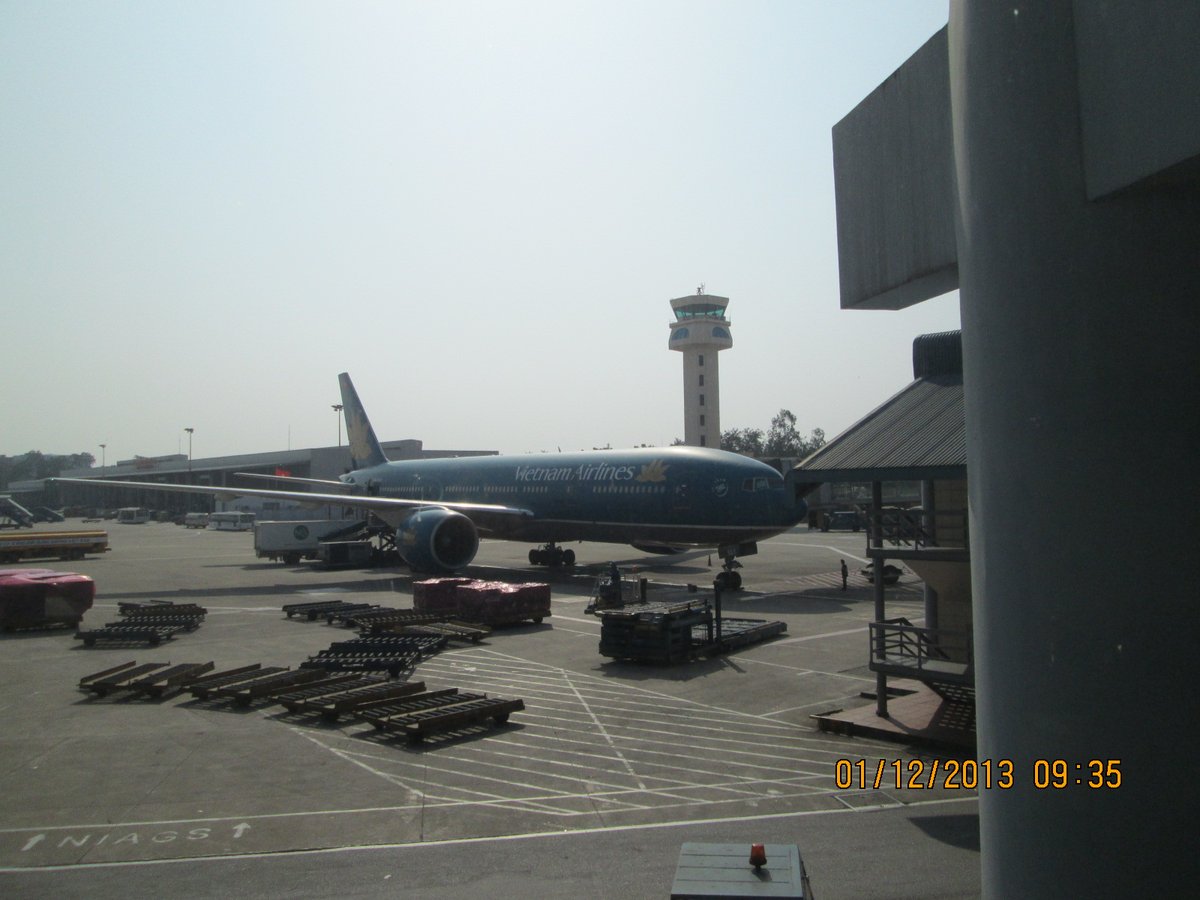
Noi Bai International Airport Hanoi: Visiting Hours, Tickets, and Travel Guide
Date: 14/06/2025
Introduction: The Gateway to Hanoi and Northern Vietnam
Noi Bai International Airport (IATA: HAN) is Northern Vietnam’s largest and second busiest airport, located roughly 27–35 kilometers north of Hanoi’s city center in the Soc Son district. As the principal gateway to Hanoi and the wider northern region, it stands as both a symbol of Vietnam’s modern development and a vital transportation hub. Originally constructed during the Vietnam War as a military airbase, Noi Bai has evolved into a state-of-the-art civil airport, reflecting Vietnam’s resilience and rapid economic progress (klia2.info; wikipedia.org).
Since opening to commercial flights in 1978, the airport has seen substantial expansion: Terminal 1 (T1) for domestic flights launched in 2001, and the highly modern Terminal 2 (T2) for international flights debuted in 2015. In 2023, Noi Bai accommodated nearly 30 million passengers, and ongoing projects including Terminal 3 and a third runway aim to double this capacity by 2030 (vietnambudgetcarrental.com; hanoitimes.vn; vir.com.vn).
This guide offers essential information on visiting hours, ticketing, terminal layouts, accessibility, transport options, and nearby cultural highlights, ensuring a seamless and rewarding experience at Noi Bai International Airport (hanoiexploretravel.com; iFly).
Table of Contents
- Introduction
- Historical Overview: From Military Airbase to Civil Aviation
- Terminal Layout and Expansion Plans
- Visiting Hours and Ticketing
- Airport Facilities and Accessibility
- Transportation to Hanoi City Center
- Exploring Nearby Cultural Sites
- Symbolism and Cultural Impact
- Modernization and International Collaboration
- Frequently Asked Questions (FAQ)
- Conclusion
- Key Visitor Information
- References
Historical Overview: From Military Airbase to Civil Aviation
Noi Bai’s origins trace back to its construction as a military airbase for the Vietnamese Air Force during the Vietnam War (klia2.info; saigontourism.com.vn). Its location—about 30–35 kilometers north of Hanoi—was strategically chosen for both proximity and security.
After the war, Noi Bai transitioned to civilian use, welcoming commercial flights from 1978 (vietnambudgetcarrental.com). It quickly replaced Gia Lam Airport as the main hub for Hanoi, supporting the city’s expanding economic and international connections.
Terminal Layout and Expansion Plans
Terminal 1 (T1): Domestic Operations
T1 has served domestic flights since its opening in 2001, accommodating major Vietnamese airlines such as Vietnam Airlines, Bamboo Airways, and VietJet Air (hanoiexploretravel.com; GetVisaVietnam). With a capacity of up to 24 million passengers annually, T1 features:
- Arrivals and baggage claim on the first floor
- Departures, check-in, and security on the second floor
- Lounges, offices, and additional services on upper levels
- Self-service kiosks and multiple check-in islands
- Connected to T2 by a covered walkway for seamless transfers (iFly)
Terminal 2 (T2): International Operations
Opened in 2015, T2 is a modern terminal dedicated to international flights and designed for efficiency and comfort (VnEconomy). Layout highlights include:
- Arrivals, immigration, and baggage claim on the first floor
- Departures, check-in, and security on the second floor
- Lounges and airline offices on the third and fourth floors
- Automated immigration gates, extensive duty-free shopping, and premium lounges
T2 quickly reached full capacity by 2018, prompting new expansion projects (Noi Bai Airport).
Expansion Projects
T2 Expansion (2024–2025)
Construction began in May 2024 to expand T2’s capacity from 10 to 15 million passengers per year, with completion expected by December 2025 (VnEconomy). The project includes new wings, enlarged central areas, and renovations for smoother passenger flow.
Long-Term Master Plan (2030–2050)
The government aims for a capacity of 60 million passengers by 2030 and 100 million by 2050. Plans feature additional runways, new terminals, upgraded cargo facilities, and integration with major ground transport, including an urban rail line to Hanoi’s city center (Hanoi Times; VnEconomy).
Visiting Hours and Ticketing Information
- Operating Hours: Noi Bai International Airport operates 24/7, accommodating flights and passenger services at all times.
- Ticketing: Flight tickets can be purchased online via official airline websites or at authorized travel agencies and airport ticket counters.
- Lounge Access: Some lounges require business class tickets or memberships; pay-per-use options are also available.
- Airport Services: For access to VIP lounges or guided services, check availability and book in advance if required.
Airport Facilities and Accessibility
Essential Amenities
- Free Wi-Fi throughout both terminals
- Retail and duty-free shops with local and global brands
- Dining options ranging from Vietnamese cuisine to international chains
- Currency exchange, ATMs, and luggage storage
- Family-friendly facilities such as baby care rooms and children’s play areas
- Wellness and spa services, including the Orchid Spa (All-Maps)
Accessibility
Noi Bai is equipped for travelers with reduced mobility, offering:
- Wheelchair access and assistance
- Elevators and accessible restrooms
- Dedicated support staff in both terminals
Transportation to/from Hanoi City Center
- Taxi and Ride-Hailing: Available 24/7; official taxi stands and ride-sharing pickup points at the terminals
- Public Bus: Multiple lines connect the airport to Hanoi’s key districts
- Airport Shuttle: Not required between terminals due to covered pedestrian walkways
- Upcoming Urban Railway: Construction on Line No. 2, linking Noi Bai to central Hanoi, is underway and expected by 2034 (VnEconomy)
Exploring Nearby Cultural Sites
Noi Bai’s location makes it convenient to visit Hanoi’s renowned attractions:
- Old Quarter: Lively streets and traditional architecture
- Hoan Kiem Lake: Picturesque heart of Hanoi
- Temple of Literature: Vietnam’s first university and a symbol of scholarly tradition
- Hoa Lo Prison Museum: Historic site with deep cultural resonance
Many tour operators offer airport pickup for day tours or city explorations.
Symbolism and Cultural Impact
Noi Bai International Airport embodies Vietnam’s journey from conflict to modernity, symbolizing both resilience and progress (klia2.info). The airport’s name, meaning “Arc of the Red River,” reflects its historical and cultural bonds to the region.
Modernization and International Collaboration
Ongoing airport development benefits from international expertise—French consultancy ADPi is among those involved in planning (vir.com.vn). Technological enhancements include biometric check-in via the VNeID platform, improved baggage handling, and robust security upgrades (hanoitimes.vn).
Frequently Asked Questions (FAQ)
Q: Is the airport open 24 hours?
A: Yes, Noi Bai International Airport operates around the clock for both arrivals and departures.
Q: How should I buy airline tickets?
A: Purchase tickets online from official airline sites, authorized agencies, or at airport counters.
Q: How do I get from the airport to downtown Hanoi?
A: Options include taxis, ride-hailing apps, public buses, and, in the future, the urban rail line.
Q: Are accessibility services available?
A: Yes, the airport provides wheelchair access, elevators, and dedicated assistance.
Q: Is there free Wi-Fi?
A: Yes, free Wi-Fi is available across all terminals.
Key Visitor Information and Tips
- Arrive early: Plan to arrive 2 hours before domestic flights and 3 hours before international flights (Welcome2Hanoi)
- Use self-check-in kiosks to reduce wait times
- Follow bilingual signage for easy navigation
- Keep documents ready for security and immigration checks
- Enjoy amenities: Take advantage of free Wi-Fi, various dining options, and family facilities
Visuals to Enhance Your Journey
- Aerial view of Noi Bai terminals (alt: “Noi Bai International Airport aerial view”)
- Terminal 2 interior with passengers (alt: “Noi Bai Terminal 2 international departures”)
- Map showing airport’s proximity to Hanoi (alt: “Map of Noi Bai Airport and Hanoi”)
- Photos of Hoan Kiem Lake and the Temple of Literature (alt: “Hoan Kiem Lake in Hanoi”)
For detailed maps, visit iFly’s terminal guide.
Conclusion
Noi Bai International Airport is more than a point of arrival or departure—it’s a modern gateway to Hanoi’s vibrant culture and history. Its expanding facilities, accessible services, and strategic location make it an ideal starting point for exploring Northern Vietnam. By planning ahead with current visiting hours, ticketing, transport tips, and local attractions, travelers can enjoy a seamless and enriching experience. For up-to-date airport news, flight tracking, and exclusive travel deals, download the Audiala app and follow us on social media.
